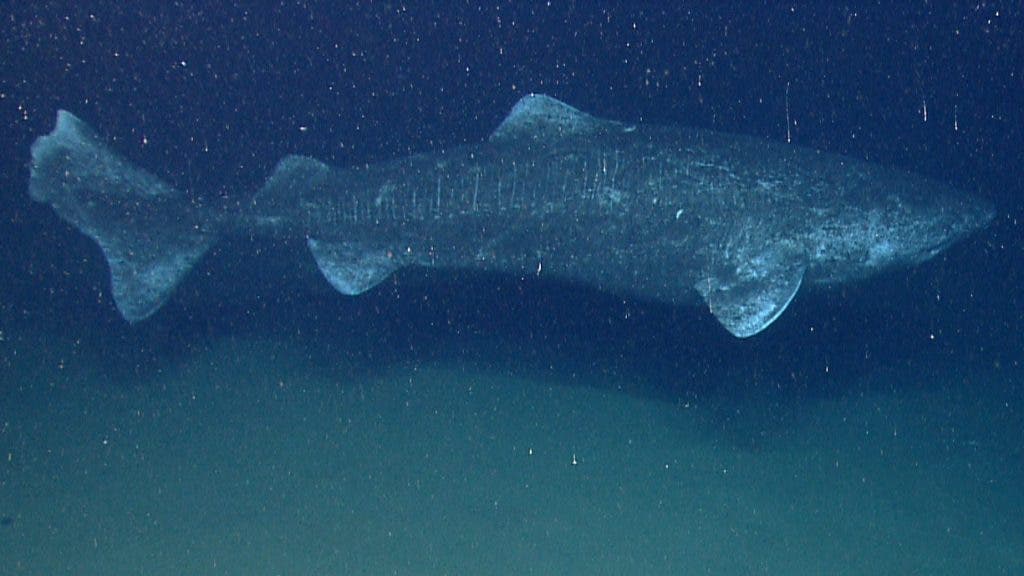To be honest with you, I had no idea that this shark existed until a few hours ago; who would have guessed that a shark can live so up North? Furthermore, who would have thought he could be so peculiar?

According to some, they can live up to 200 years old, although that number is questionable according to some experts; what is clear is that they can grow over 7 meters long, feed on smaller whales and polar bears and their flesh is poisonous. Doug Perrine had a close encounter with these elusive sharks when they ventured a little into warmer waters, in the search for food.
‘These sharks were very placid and curious. They [Greenland shark] are much calmer than other sharks – they have an almost goofy, comical appearance – he said. ‘I was amazed because most sharks are very shy of divers and tend to avoid the sound of scuba bubbles, but these these were attracted to the sound. They even swam closer to investigate. ‘When I moved in closer to get a better shot, they did not flee but continued on their way at a steady pace.”






